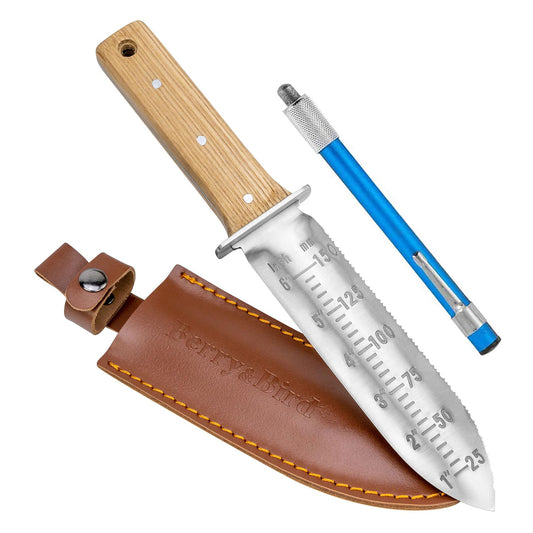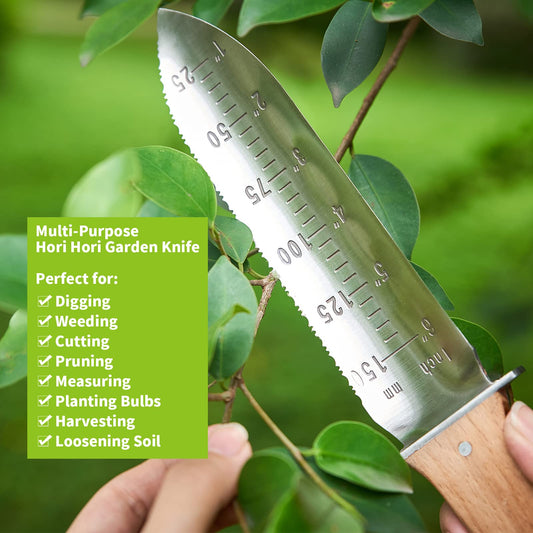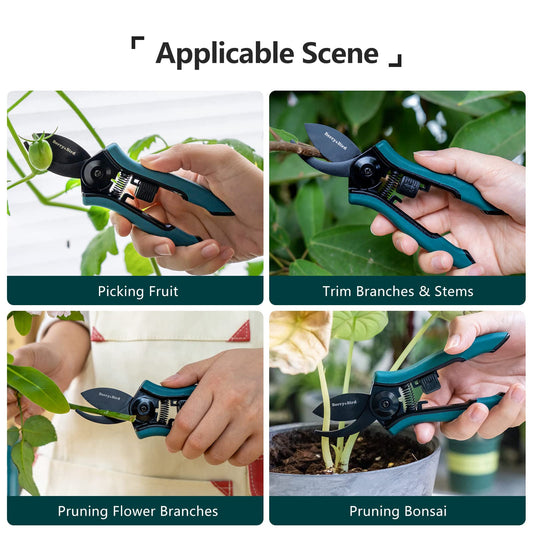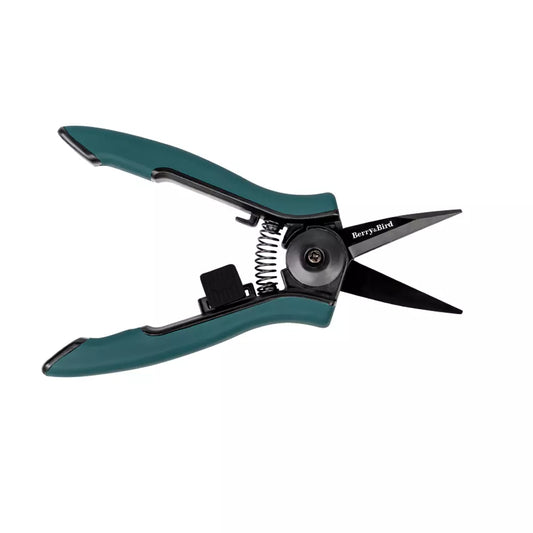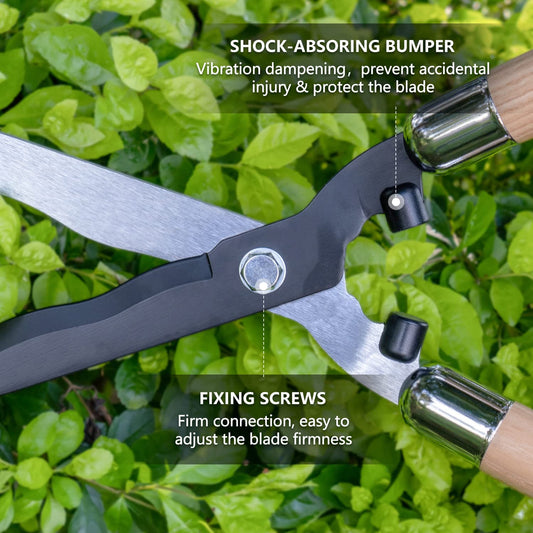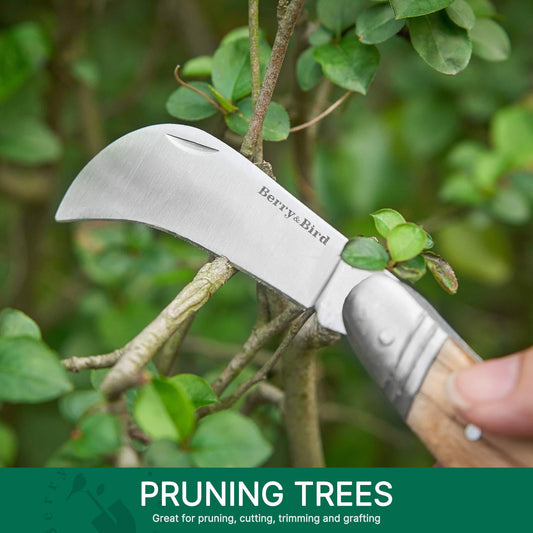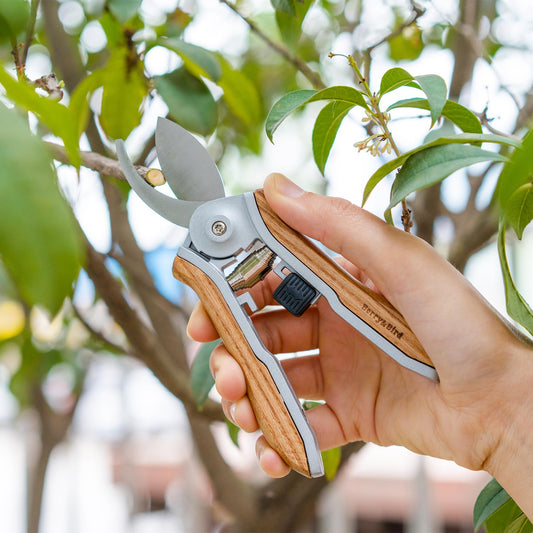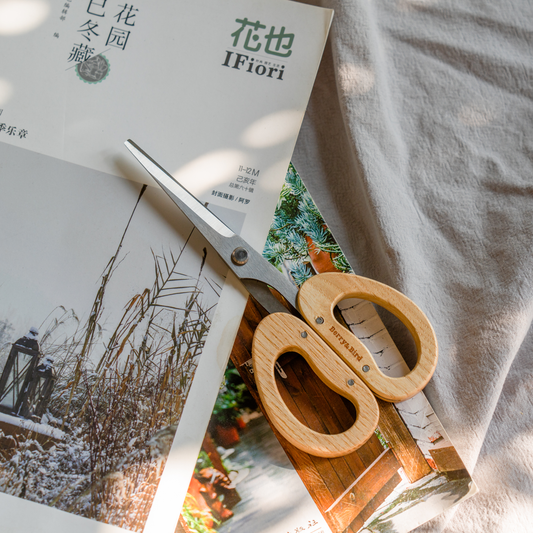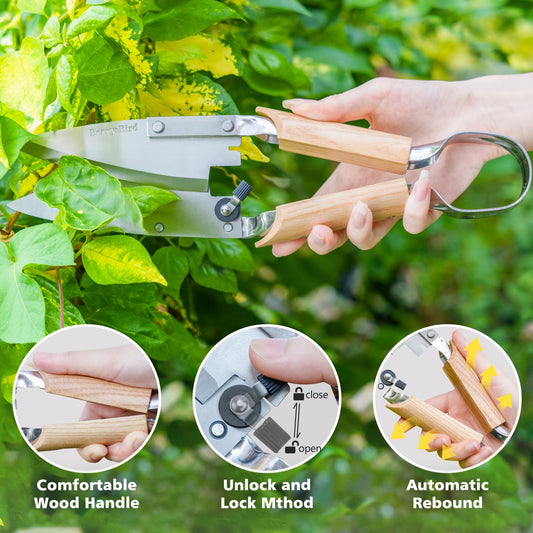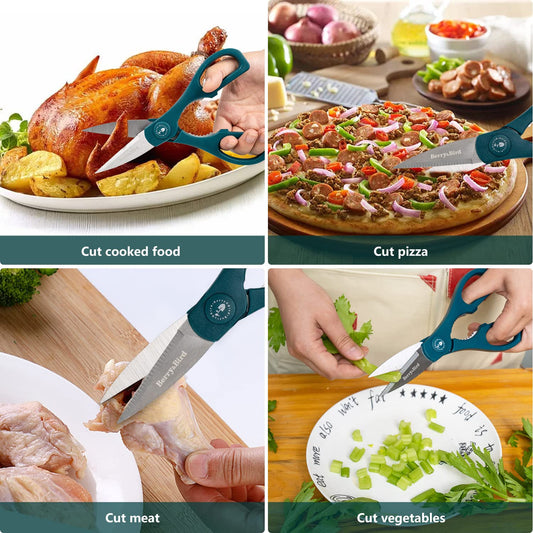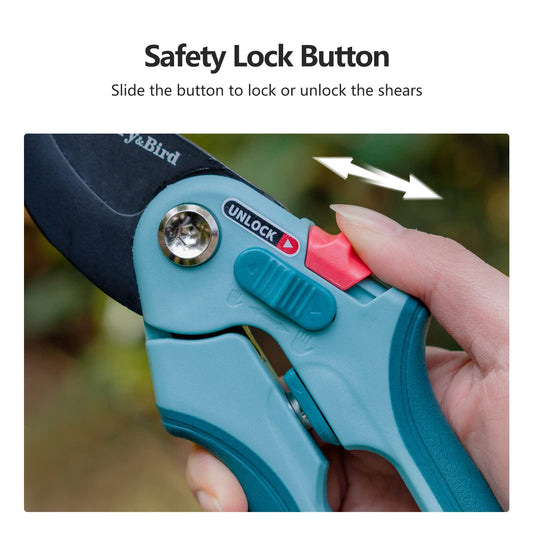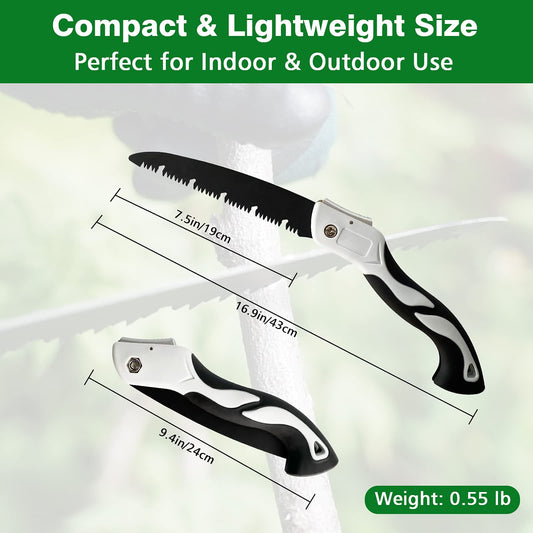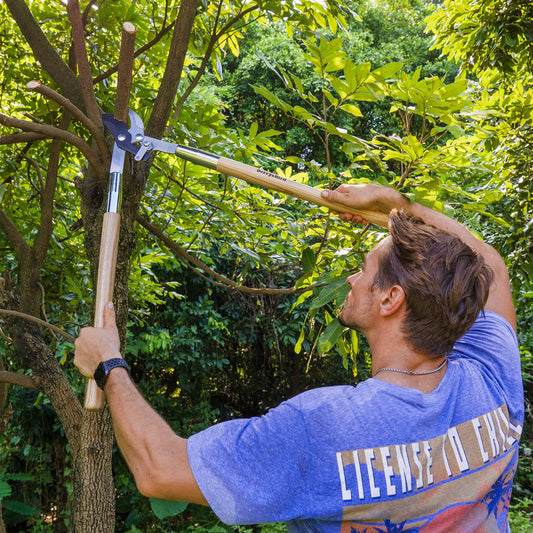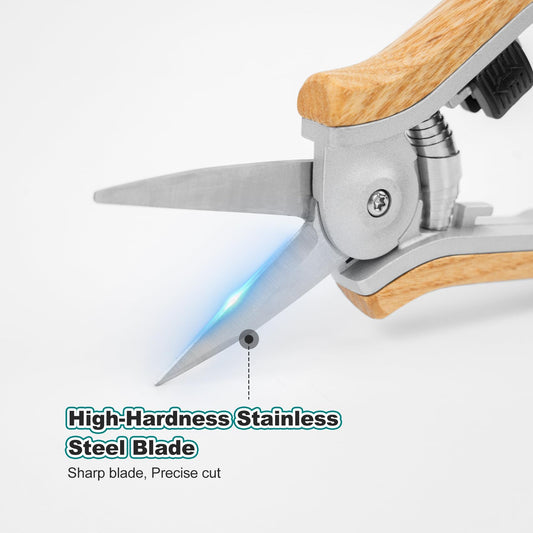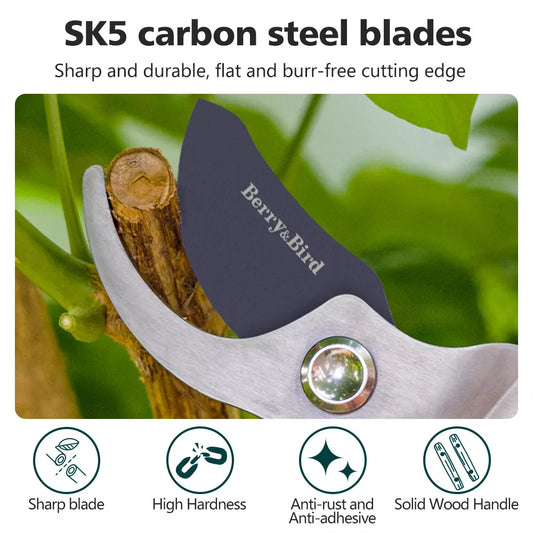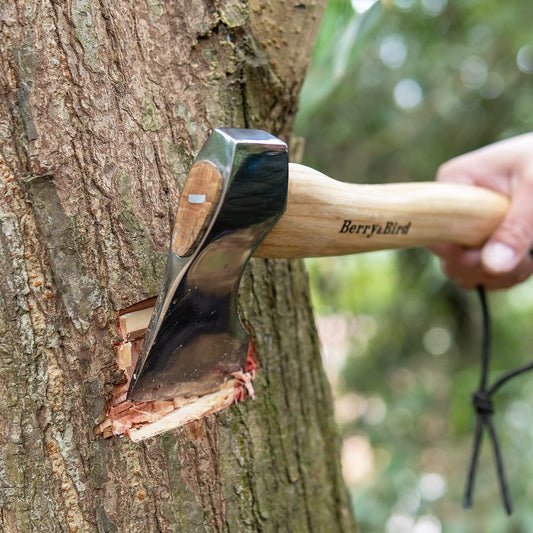Cutting Tools
-
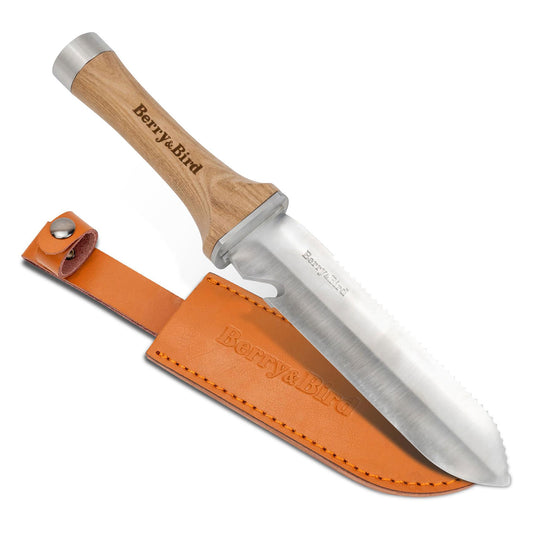
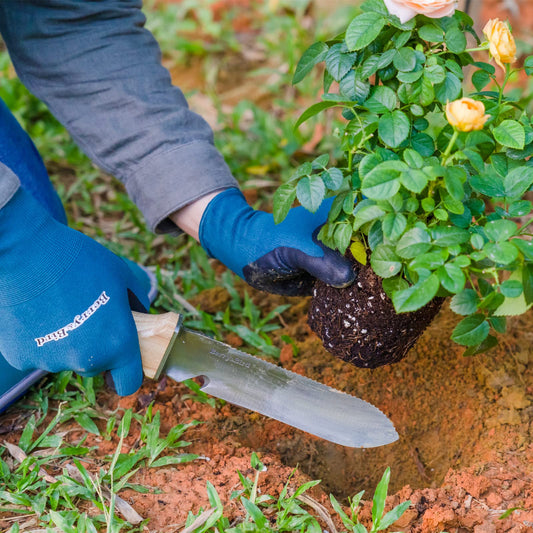
Garden Tools Hori Hori Garden Knife 7.1 inch Stainless Steel Serrated Blade with Leather Sheath
Vendor:Berry&BirdRegular price $35.99 USDRegular priceUnit price / per$39.99 USDSale price $35.99 USDSale -
Garden Knife 7 inch Stainless Steel Serrated Blade with Leather Sheath and Sharpening Stone
Vendor:Berry&BirdRegular price $24.99 USDRegular priceUnit price / per$39.99 USDSale price $24.99 USDSale -
Garden Shears 6 inch Pruning Scissors with Teflon Coating Precision Blades
Vendor:Berry&BirdRegular price $19.99 USDRegular priceUnit price / per -
Garden Tools Pruning Shears Scissors Gardening (Green)
Vendor:Berry&BirdRegular price $18.99 USDRegular priceUnit price / per$29.99 USDSale price $18.99 USDSale -
Garden Tools Hedge Shears 19.88 inch with Wooden Handles
Vendor:Berry&BirdRegular price $39.99 USDRegular priceUnit price / per -
Gardening Folding Pocket Knife with Stainless Steel Blade
Vendor:Berry&BirdRegular price $22.99 USDRegular priceUnit price / per -
Garden Shears Mini Pruning Shears 6.1 inch Stainless Steel Curved Blades Pruning Scissors with Wooden Handle
Vendor:Berry&BirdRegular price $15.99 USDRegular priceUnit price / per$29.99 USDSale price $15.99 USDSale -
Garden Floral Shears Garden Flower Scissors Tool
Vendor:Berry&BirdRegular price $19.99 USDRegular priceUnit price / per$29.99 USDSale price $19.99 USDSold out -
Garden Shears Hand Shears 11.8 inch Stainless Steel Single Bow Straight with Wood Handle
Vendor:Berry&BirdRegular price $29.99 USDRegular priceUnit price / per -
Kitchen Shears 7.95 inch Multi-Purpose Strong Kitchen Scissors
Vendor:Berry&BirdRegular price $17.99 USDRegular priceUnit price / per -
Garden Shears 8.7inch Hand Pruner with Safety Lock SK5 High Carbon Steel Blades
Vendor:Berry&BirdRegular price $25.99 USDRegular priceUnit price / per -
Garden Tools Pruning Saw Camping Folding Saw with 7.5 inches Rugged SK5 Steel Blade
Vendor:Berry&BirdRegular price $18.99 USDRegular priceUnit price / per$29.99 USDSale price $18.99 USDSale -
Garden Tools Tree Loppers 30 inch Long Handle with Compound Action
Vendor:Berry&BirdRegular price $64.99 USDRegular priceUnit price / per -
Garden Shears Wood Handle Pruning Snips 6.1 inch Stainless Steel Gardening Scissors
Vendor:Berry&BirdRegular price $15.99 USDRegular priceUnit price / per$29.99 USDSale price $15.99 USDSale -
Garden Shears Wood Handle Pruning Shears 7.68 inch with SK-5 Carbon Steel Blade
Vendor:Berry&BirdRegular price $29.99 USDRegular priceUnit price / per -
Hand Axe 12.5 inch Forged Carbon Steel with Leather Sheath
Vendor:Berry&BirdRegular price $79.99 USDRegular priceUnit price / per



